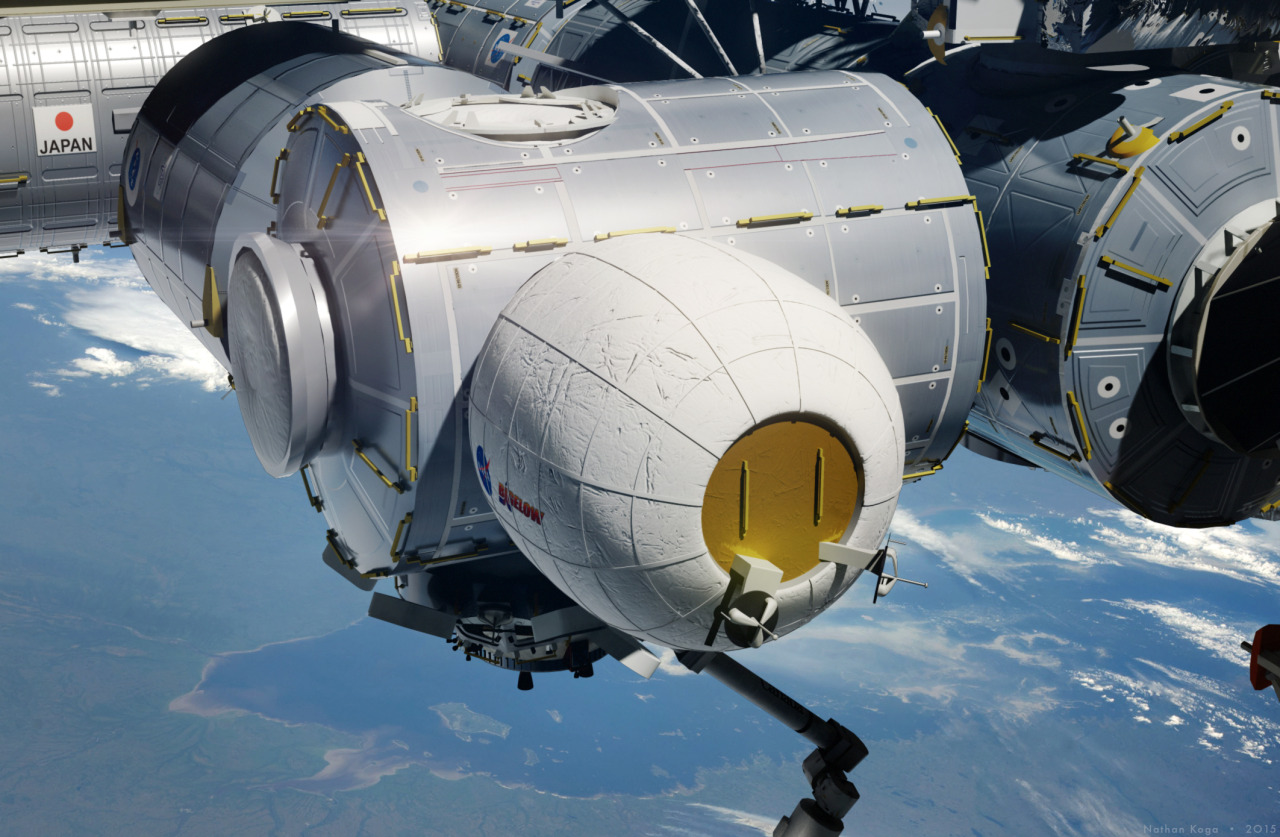The first in the history of the station inflatable module is being deployed on the ISS [updated]

In April of this year, a new module Bigelow Exapandable Activity Module (BEAM) appeared on the International Space Station . He was taken to the station by the Dragon cargo ship, after which the station crew successfully secured the novelty. BEAM is the first in the history of the ISS inflatable module, the volume of which is 16 cubic meters and a diameter of 3.2 meters.
The module will remain docked to the station for about two years, but astronauts will not live in it yet. If the tests are successful, then it will be possible to create entire stations from such modules, both for space tourists and scientists. Perhaps BEAM will help expand the living space on the ISS, although it is too early to talk about it. The main advantage of an inflatable module is a relatively small volume in the folded state, which greatly simplifies the task of bringing such a module into orbit. The mass of the inflatable module is only 1360 kg, while the mass of the aluminum Unity module used on the ISS is now 11793 kg. Accordingly, the withdrawal of an inflatable module into orbit is not only a simpler task than the output of a conventional module, but also costs much less.

The members of the ISS team will enter the module 3-4 times a year, each time - for just a few hours. This is necessary in order to take readings from the sensors and check the status of the module. That is, the ability of BEAM to withstand the conditions of outer space outside and maintain optimal conditions for humans inside is being tested at the moment.
The module is being developed by the company Bigelow Aerospace, which received funding from NASA in the amount of $ 17.4 million. You can
follow the deployment of the module on the official NASA TV channel .
